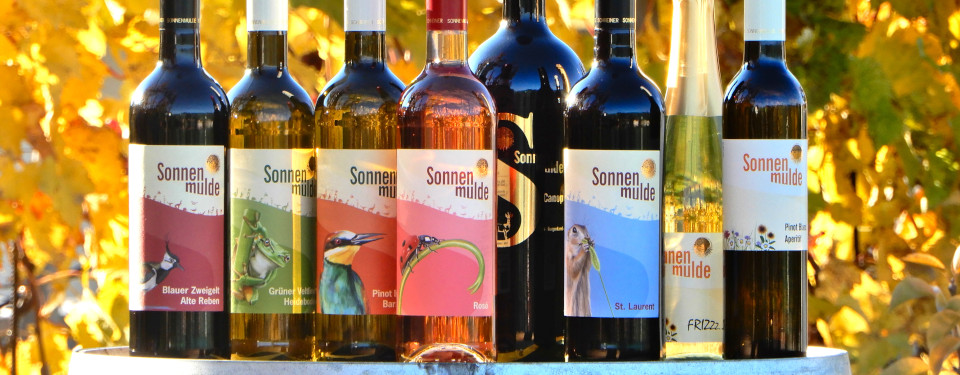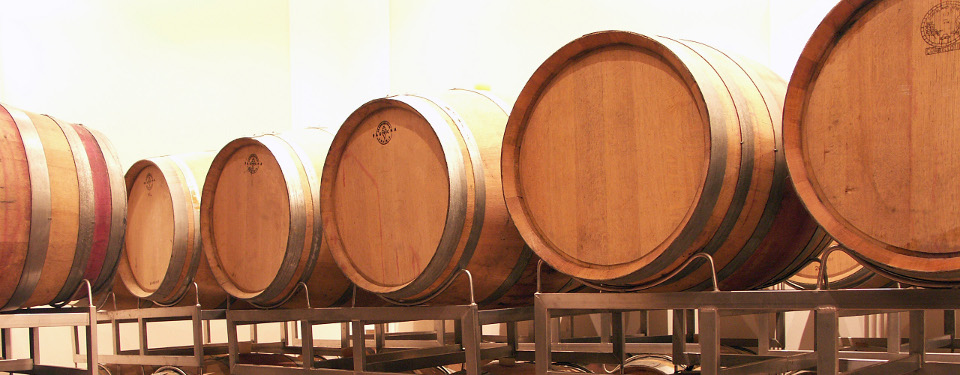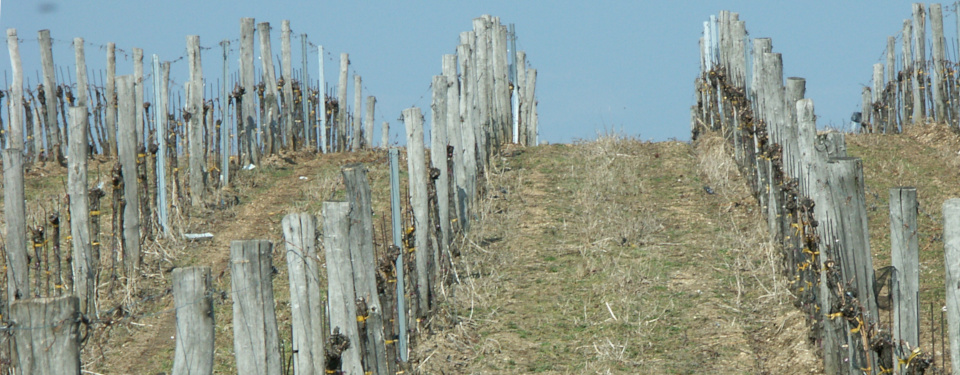Re-grafting
« 2021 | 2020 | 2019 »
Current News » Events »

A vineyard exists for decades and for this time the grape variety is decided. Before planting the vines, it is therefore necessary to consider carefully which wine you want to produce during this period and to choose carefully. Even after it has been planted out, it takes at least three years before you can taste the first drops of a new wine. For special cases, however, there is a shortcut, grafting of vines directly in the vineyard.

By re-grafting, the variety can be changed with only one year of crop loss. But it is not that simple. You have to learn and practice grafting first to make it work successfully. Moreover, the amount of work is so high that it is only profitable on very small areas. But the technique is excellent for trying out a new variety, for example. With whole vineyards, on the other hand, it is actually easier to uproot and replant all the vines.

Since the phylloxera catastrophe that threatened to destroy the vines of Europe in the 1860s to 1880s, all our vines have been grafted. This means that each vine is actually composed of two different plants. The rootstock comes from a phylloxera-resistant American wild-growing vine. The so-called scion is grafted on top of this It is cut from a shoot of our well-known European varieties such as Zweigelt, Grüner Veltliner, Cabernet Sauvignon and so on. The two then fuse together to form a single vine, ready for planting in a vineyard. In this manner you can harvest good grapes without having to worry about phylloxera. By choosing the appropriate rootstock, you can also take into account soil conditions, water supply, ripening time and more, and thus have a significant influence on wine quality.

Grafting, by the way, is not limited to vines. It has been known since ancient times for many cultivated plants and in many gardens you may even find trees that can bear fruits of various species. Fruit trees, roses and many other decorative plants are also grafted and for all of them there are unique, artistic techniques known, that have been handed down for centuries.

There is also a specialized technique for the grafting of vines in the vineyard in late spring. Instead of joining two shoots of approximately equal thickness, a single bud of the desired variety is inserted into the thick stem of an existing vine. The principle is called chip budding and it requires a particular cutting technique as shown in the photos. Then the graft is neatly wrapped with a stretchy plastic bandage so that the site does not dry out and the two parts can fuse well.

That such a transplantation is possible at all is a miracle of nature. And often it fails, so it is good to take the precaution of having two grafts per vine. If one shoot grows, that’s fine. If both grafts were successful, you can always choose the better vine later. Everything else, as well as the remaining upper part of the old vine will be removed the following winter. The new vine will then be formed into a trunk next year, which can already yield a few grapes.
Page Top »


![[i18n] 5-Weingartenbegruenung_Phacelia](/img/header/5-Weingartenbegruenung_Phacelia.jpg)










